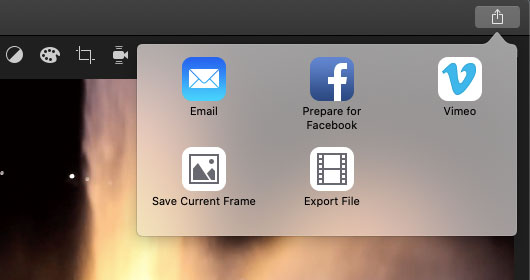
That’s your new iMovie HD project file, the one you should double-click the next time you want to open it (identified in Figure 4-14 at bottom). When the conversion is finished, you still have a document inside called Cruise. You get the message shown in Figure 4-15. (See Figure 4-14 for an illustration.)įor example, suppose you try to open an iMovie 4 project called Cruise. Instead, iMovie leaves you with the original project folder, with a few new files and folders deposited there for safety. Now, even if you click OK, your old iMovie project folder doesn’t get turned into the new-style, single-icon project file as described earlier. iMovie2Project” (see Figure 4-14, bottom). Doing so creates a new project file, and preserves a copy of the original with the filename suffix "

If you want to edit the project in iMovie 6, you have no choice you must click OK. When you open a pre-HD project, iMovie asks permission to update its file format into the iMovie HD format, as

If it’s an iMovie 1, 2, 3, or 4 project that you’ve opened into iMovie 6, it remains just as it was: as a folder full of associated files ( Figure 4-14, bottom). Having a single-iconĭocument makes it very convenient to open, copy, delete, rename, or move a video project, because you have only one icon to worry about. If the movie began life in iMovie 5 (“iMovie HD”) or iMovie 6, it’s represented on your hard drive by a single file icon (see Figure 4-14, top).


 0 kommentar(er)
0 kommentar(er)
